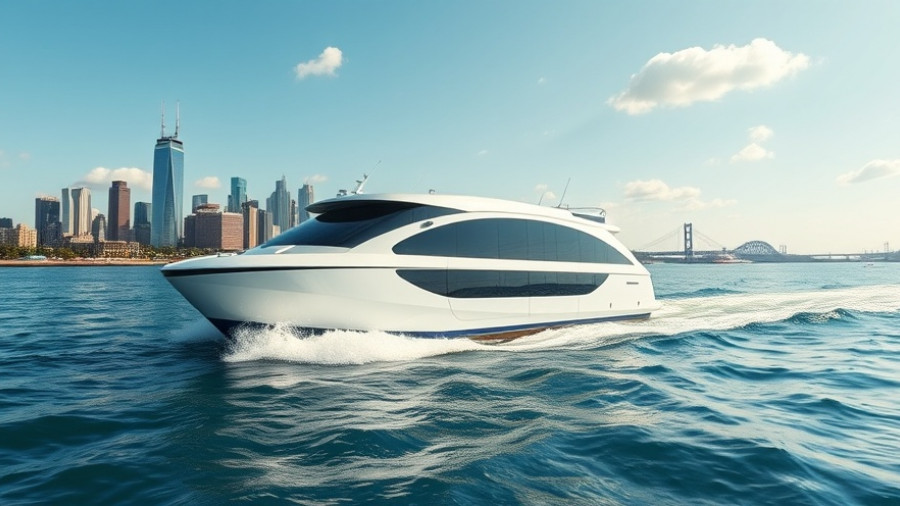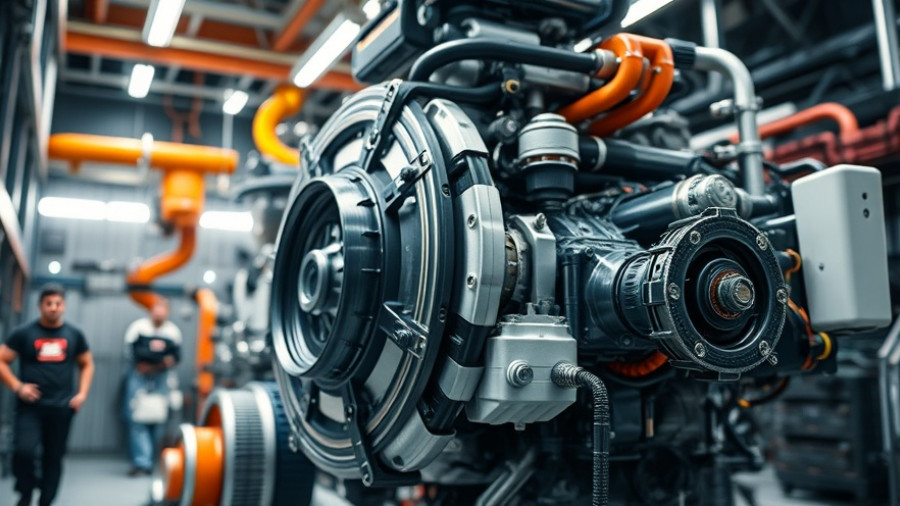
An Unprecedented Shift in Offshore Wind Funding
In a surprising announcement on September 2, 2025, the U.S. Department of Transportation (USDOT) declared the withdrawal of $679 million in funding for 12 offshore wind projects. Secretary of Transportation Sean P. Duffy criticized the projects as "doomed," favoring an agenda centered around improving traditional infrastructure rather than investing in what he labeled as "fantasy wind projects." This move has garnered attention from various sectors, prompting discussions about the future of renewable energy initiatives in the U.S.
Infrastructure Over Wind: A Policy Change
Duffy's statement reflects a significant policy change under the Trump Administration, which emphasizes strengthening America's shipbuilding industry and traditional energy sources. By reallocating funds that were initially intended for offshore wind projects, the USDOT aims to address pressing infrastructure needs across the country. Duffy expressed frustration over what he described as misuse of transportation dollars, blaming the previous administration for diverting funds away from critical maritime upgrades.
Critical Projects in Limbo
The USDOT identified several projects impacted by this funding withdrawal. Among the retracted funds, the Humboldt Bay Offshore Wind project faced a staggering loss of $426 million under the Nationally Significant Freight and Highway Projects (INFRA) program. Other projects under the Port Infrastructure Development Program (PIDP) also suffered major financial cuts, including the Sparrows Point Steel Marshalling Port Project and the Norfolk Offshore Wind Logistics Port. This withdrawal raises questions regarding the future viability of these renewable initiatives as traditional infrastructure needs get prioritized.
Future Predictions: A Focus on Conventional Energy
As the U.S. gears up for these changes, analysts predict a shift back towards conventional energy and infrastructure development—a move that could have long-term impacts on the offshore wind energy sector. While proponents of renewable energy warn that this decision could stifle innovation in green technologies, supporters of Duffy's approach argue that investing in infrastructure creates immediate jobs and improves national competitiveness.
The Broader Implications of Infrastructure Investment
Investing in vital infrastructure can enhance economic growth in many sectors beyond shipping and energy; improved ports and transportation networks can facilitate trade and strengthen national security. Critics of the funding cuts argue, however, that a balanced approach is necessary to simultaneously support both infrastructure and renewable energy initiatives. As public opinion increasingly favors green energy solutions, this renewed focus on traditional sectors might meet resistance from environmental advocates.
Counterarguments: The Cost of Ignoring Renewables
Critics of the USDOT's decision urge caution, arguing that neglecting renewable energy projects could jeopardize the U.S.'s progress toward achieving environmentally friendly energy goals. With climate change posing severe challenges, sidelining offshore wind projects might also rob the country of future economic opportunities associated with innovative renewable technologies. Thus, while infrastructure is undoubtedly important, striking a balance between strengthening traditional sectors and addressing climate change appears paramount.
What’s Next for Offshore Wind Projects?
As USDOT reallocates funds to pressing infrastructure projects, stakeholders in the offshore wind sector face uncertainty. Developers and environmental advocates must now mobilize to advocate for the restoration of funding to ensure that the renewable energy sector remains viable. The outcome of this funding withdrawal will likely shape the landscape of energy production and infrastructure development in the U.S. for years to come.
As the country moves forward, the importance of understanding the interplay between traditional infrastructure needs and renewable energy initiatives cannot be understated. Investors, policymakers, and the public must remain engaged to ensure a balanced energy future that embraces innovation without leaving behind necessary infrastructure improvements.
 Add Row
Add Row  Add
Add 




Write A Comment